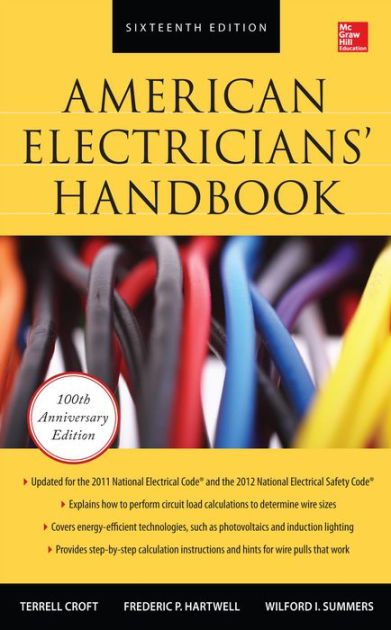I don't have much bad to say about 0-10 V LED dimming systems. LED's that supposedly work with conventional dimmer in the supply line however don't always work so well, they also seem to have more troubles on the low end of the dimming range than incandescent lamps did.
Good reason for that. Abs by the way the 0-10 V systems are often selectable between linear and square law curves. Nonlinear potentiometers are more rare but definitely exist, even if there are no fancy digital electronics involved.
Incandescent has huge problems at the low end. The filaments rattle like crazy. A standard residential dimmer uses a TRIAC (two SCRs back to back), a zero crossing detector, and a timer. When the zero crossing detector fires it delays until the timer goes off (based on the knob) then pulses the TRIAC on. When the current crosses zero the TRIAC goes off and the cycle repeats, 120 times per second. Effectively this throttles the power in a square law shape (V-squared / R) so it gives the desired nonlinear dimming with incandescent.
A white (actually blue with phosphor coating) power LED is actually DC. It takes roughly 6-12 VDC to fire but it tends to go into thermal runaway...it will overheat itself if you don’t control the current. So LED drivers are constant current instead of constant voltage. Also unlike all other light sources it can turn on and off essentially instantly. So to avoid flicker the driver will pulse it on and off around 120 Hz or more and control the percentage of time that it is on. Aside from this the power supply will be a charge pump aka “switching” type so up to a certain point it can operate at any voltage as long as it’s a little above 12 V. Needless to say this is why LED dimming is very controllable and very easy to do, much easier than incandescent.
As far as the control signal though it just has to run a timer to measure how long the TRIAC dimmer is on or use a signal like 0-10 VDC. With the TRIAC approach timing is the easy part. At the low end on a “dimmable” LED running off a TRIAC the AC is only pulsed on for a very short time and the driver has to try to keep the DC charge pump stable over a full cycle so the brightness doesn’t fall off in a weird nonlinear way due to current dipping even as it pulse width modulates it for brightness control. On top of that marketing wants to sell millions as cheaply as possible so you can’t just use a huge capacitor to stabilize things. So just as with incandescent low end dimming might not be all that nice.
So it should be obvious dimmable LEDs do work so-so but don’t expect much. 0-10 V is best today. Ideally we can just send a digital signal to the fixture/bulb but currently there is nothing universal or consistent about “smart” lights. It may work today bug break and be discontinued 3 months from now.


